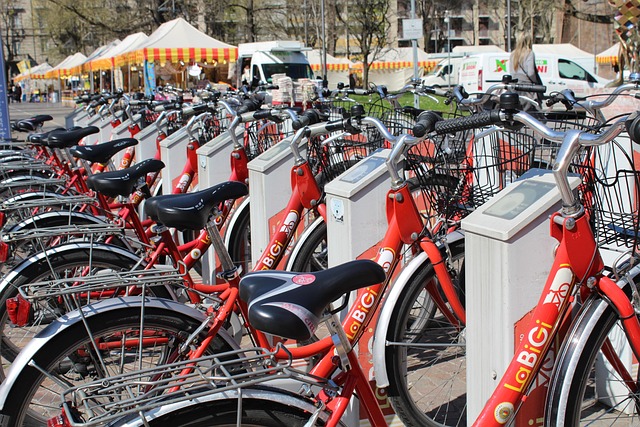As we navigate the ever-changing landscape of the 21st century, one undeniable reality looms large: the effects of climate change on transportation. As temperatures rise and weather patterns become more unpredictable, we find ourselves at a critical crossroads where adaptation is not just necessary, but imperative. This is particularly evident in the realm of transportation integration, where the demands of sustainability and resilience are reshaping how we move people and goods.
Across the globe, cities are redefining their transportation systems in response to climate-related challenges. For instance, urban areas increasingly face floods, wildfires, and heatwaves, which affect the infrastructure we depend on. Roads may become impassable, public transit systems could be disrupted, and the very vehicles we rely on must adapt to extreme conditions. This reality forces us to rethink transportation integration, moving from a traditional paradigm to a holistic approach that prioritizes resilience.
Take electric vehicles (EVs) as an example. The integration of EVs into our transportation networks is not merely a trend, but a direct response to the urgent need for sustainable solutions. As we witness the effects of climate change on transportation, it’s essential to consider how the expansion of electric vehicle infrastructure can reduce greenhouse gas emissions, lessen our reliance on fossil fuels, and promote cleaner air for our communities. By strategically placing charging stations and enhancing the connectivity of electric public transit systems, we can foster a more integrated and sustainable transportation society.
Moreover, the integration of multimodal transport options – combining biking, walking, public transport, and car-sharing – presents a unique opportunity to tackle these climate challenges head-on. Cities like Copenhagen and Amsterdam showcase how a well-integrated transportation network, which prioritizes cycling and walking, can significantly decrease carbon footprints while enhancing the quality of life. Such approaches not only mitigate the impact of climate change but also promote public health and community engagement.
However, integrating these new systems is rife with challenges. Stakeholders must collaborate to ensure that transitions are equitable and accessible, addressing the needs of all communities, especially those historically marginalized. The solutions we implement will define both our present and future; hence, we must not only build back better but build forward with intention.
As we continue to feel the pressing challenges brought about by climate change, the hope lies in our ability to adapt our transportation systems to be more resilient, equitable, and environmentally friendly. Transformative thinking is needed now more than ever to develop strategies that align with our evolving climate reality. The road ahead may be fraught with uncertainty, but the journey toward sustainable transportation integration is one we must undertake together.




